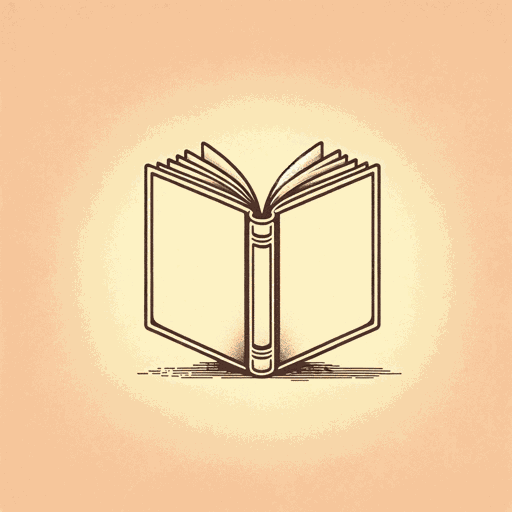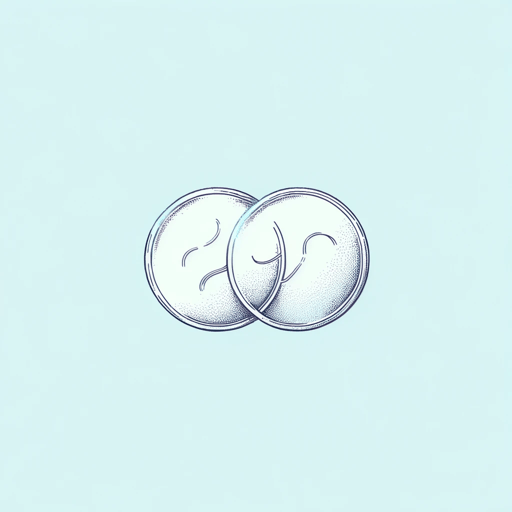41 pages • 1 hour read
Tom StoppardArcadia
Fiction | Play | Adult | Published in 1993A modern alternative to SparkNotes and CliffsNotes, SuperSummary offers high-quality Study Guides with detailed chapter summaries and analysis of major themes, characters, and more.
Symbols & Motifs
The Garden
The Garden at Sidley Park summons up the Garden of Eden. The Garden is presented as a paradise on Earth, a type of Arcadia. According to Septimus, Noakes is a “serpent” who is destroying the Gardens (4) through his Romantic redesigns, suggesting that the garden helps to symbolize the transitions between the Enlightenment era and Romanticism. As Hannah notes, “The history of the garden says it all, beautifully” (27). Noakes’s transformation of the garden reflects the change from the pastoral and orderly to the Gothic and wild. As Europe shifts from the reason and logic of the Enlightenment to the emotion and wildness of Romanticism. Hannah’s work to rediscover the gardens mirrors her effort to recover the hermit from history.
The Garden is also symbolic of what it means to be English. As the cultural expectations and desires shift, the garden is redone. At first, it is “a most amiable picture” with “green and gentle” slopes, clusters of trees “companionably grouped,” with the “right amount of sheep” (12). It demonstrates the “familiar pastoral refinement of an Englishman’s garden” (12) during the 18th century. Then, Noakes remodels it. Now, the “hyacinth dell is become a haunt for hobgoblins” and the bridge has been “usurped by a fallen obelisk overgrown with briars” (12).
Related Titles
By Tom Stoppard



